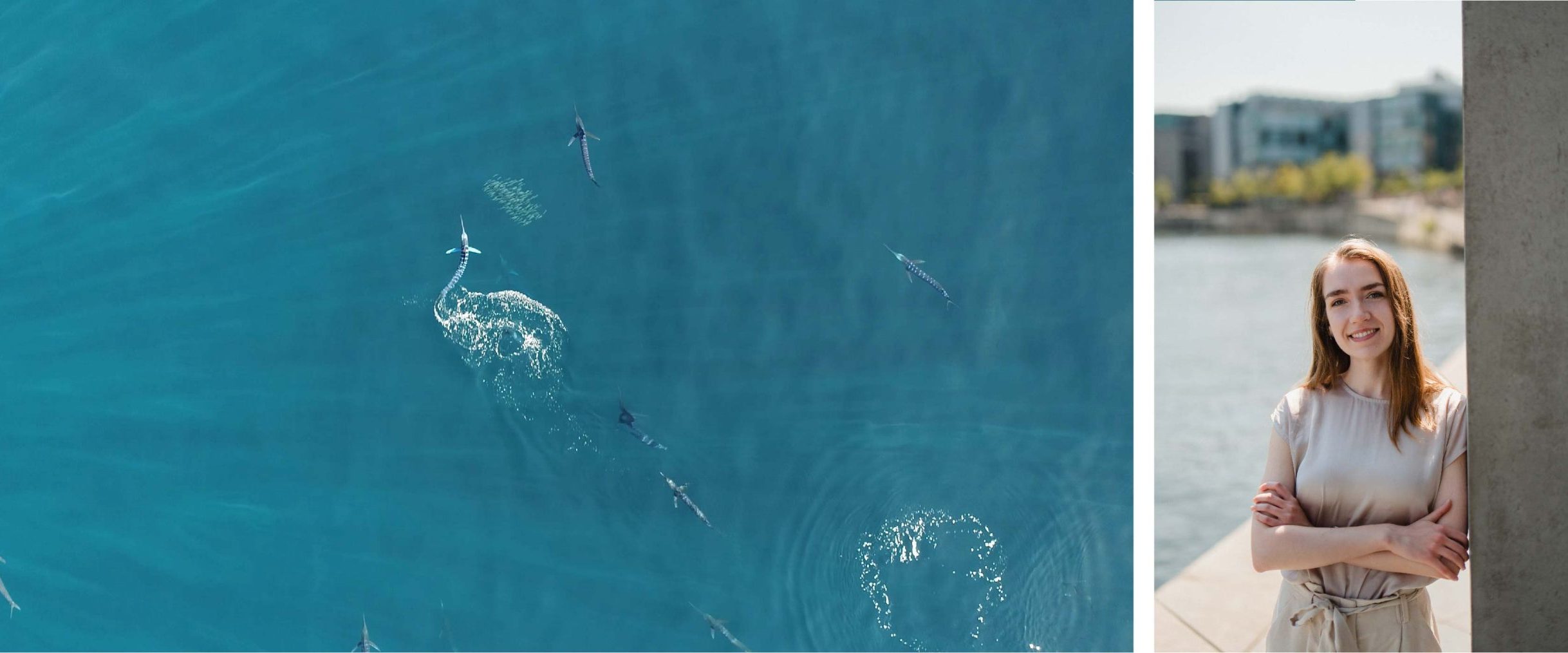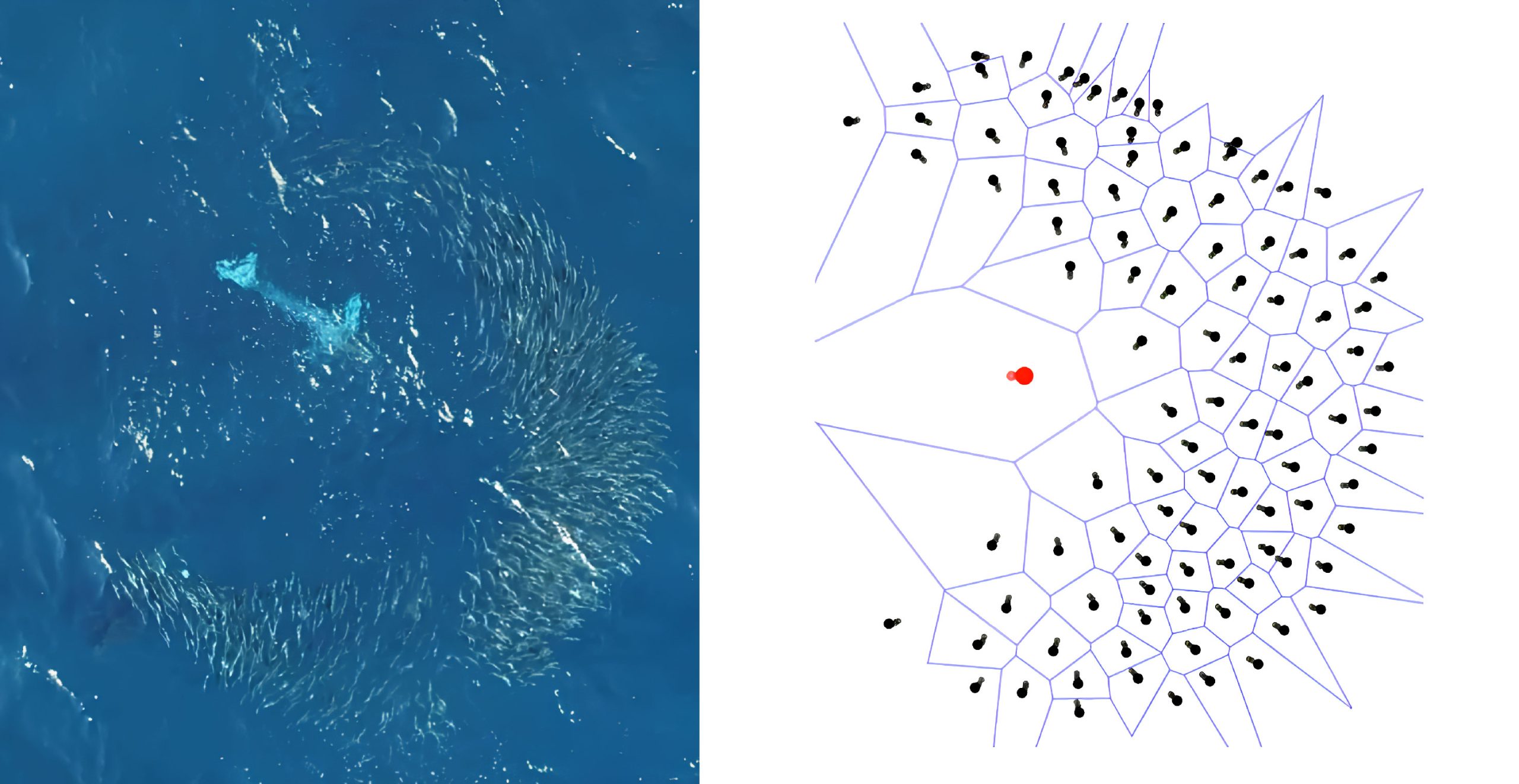SCIoI’s Palina Bartashevich on escape and synchrony in fish schools at CCS 2025
In early September, the city of Siena becomes the stage for the 21st Conference on Complex Systems (CCS 2025), a flagship annual gathering of the global complexity science community. Researchers from across disciplines will convene to exchange insights into how complexity shapes phenomena as diverse as economies, ecosystems, neural networks, and social behavior. Among the satellites hosted by the conference is Complexity Research in Animal Behaviour (CRAB), a cross-disciplinary meeting dedicated to bridging the gap between animal behavior research and the theoretical and computational frameworks of complexity science. This year’s edition features SCIoI member Palina Bartashevich as a keynote speaker on 3 September, presenting her work on “Collective Coordination Under Ecological Constraints: Escape and Synchrony in Fish Schools.”
Complexity in motion: from individual rules to collective escape
Palina, a computer scientist and mathematician by training, has carved a niche at the intersection of biology, computation, and collective intelligence. Her research investigates how simple behavioral rules at the individual level give rise to coordinated, adaptive, and sometimes astonishingly elegant group-level patterns.
In one strand of her work, she and collaborators have focused on the predator–prey dynamics between sardine shoals and striped marlins in the open ocean. Sardines, too slow to outrun their predators, rely instead on outmaneuvering them through synchrony and tight group coordination. One striking pattern, dubbed the “fountain effect”, occurs when a sardine school splits around an attacking marlin only to rejoin at the tail, forming a dynamic arch that both evades the predator and preserves group cohesion.
Using agent-based computer simulations grounded in empirical aerial footage, Palina showed that these maneuvers are not random panic responses but follow precise geometrical rules. For instance, a prey “fleeing angle” of about 30 degrees maximizes survival chances while still allowing the group to regroup. But this optimal rule comes with trade-offs: it buys individuals time against predators, yet delays the school’s recovery, potentially leaving it vulnerable to the next strike.






